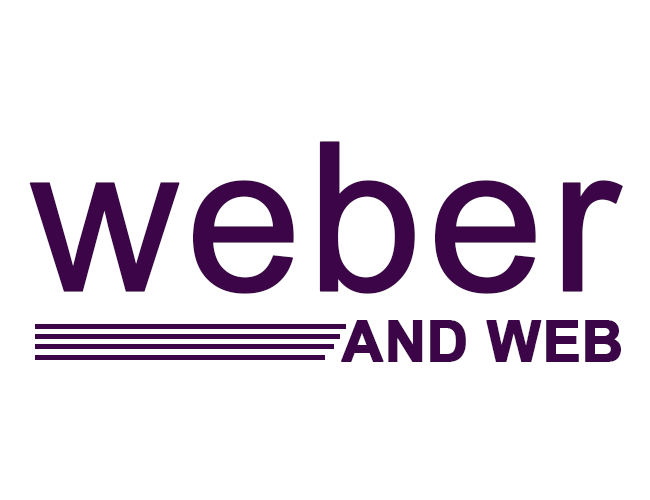Education has always been about transformation – shaping young minds to prepare them for the future. From chalkboards to whiteboards, every tool has left its mark on how lessons are taught and absorbed. Today, however, classrooms are witnessing a revolution powered by technology. At the heart of this revolution is the digital board for teaching – a game-changer that brings interactivity, clarity, and collaboration to modern classrooms.
Far from being just another gadget, a digital board is redefining the way students engage and teachers deliver knowledge. For schools exploring this upgrade, a good starting point is to check the features and value of a reliable digital board for teaching that blends affordability with innovation.
Why Digital Boards Matter in Today’s Classrooms
We live in an age where students are digital natives. They learn, play, and interact with technology every day. Expecting them to sit quietly through a lecture on a static whiteboard is no longer realistic. To truly capture their attention, schools must embrace tools that reflect the way they already consume information.
Digital boards matter because they:
- Make classrooms immersive experiences rather than passive ones.
- Help teachers simplify complex ideas with visuals and interactivity.
- Prepare students for a future where digital literacy is essential.
This is not just about teaching – it’s about making learning relevant and impactful.
Top Benefits of Using Digital Boards in Education
1. Boosts Student Engagement
One of the most powerful benefits of digital boards is their ability to keep students engaged. Interactive lessons, quizzes, videos, and real-time collaboration ensure that students don’t just listen – they participate. This engagement leads to better learning outcomes and higher retention rates.
2. Supports Different Learning Styles
Every student learns differently. Some are visual learners, others grasp concepts better through audio, and many prefer hands-on activities. A digital board caters to all these needs by combining text, visuals, audio, and interactive exercises in a single platform.
3. Makes Complex Concepts Simple
Subjects like math and science can often feel intimidating. But with digital boards, teachers can use 3D models, diagrams, and animations to simplify them. For example, a chemistry teacher can show chemical reactions in real time, making abstract ideas easier to understand.
4. Saves Time for Teachers
Digital boards come with preloaded apps, easy annotation tools, and seamless connectivity. Teachers can prepare lessons in advance, save them, and even reuse them for future classes. This efficiency reduces stress and allows educators to focus on what truly matters – teaching.
5. Encourages Collaboration
Modern workplaces thrive on collaboration, and classrooms should prepare students for that. Digital boards encourage group projects, brainstorming sessions, and teamwork activities, powered by collaborative technology that mirrors the real world.
6. Reduces Long-Term Costs
While many schools initially worry about the digital board for teaching price, the reality is that these boards are cost-effective over time. Unlike projectors, they don’t require bulb replacements or constant maintenance. Plus, by reducing printing needs, schools save money on paper and stationery.
7. Inclusivity and Accessibility
Digital boards level the playing field for students with different needs. Clear visuals help those with vision challenges, interactive tools benefit kinesthetic learners, and recorded lessons stored on the cloud ensure absent students don’t miss out.
Understanding the Digital Board for Teaching Price
For many institutions, cost remains the first concern. The digital board for teaching price varies depending on features, brand, and size. Entry-level boards may be affordable but lack durability or advanced software. Mid-range options strike a balance, while premium models offer ultra-HD displays, AI-driven tools, and extensive cloud integration.
To make an informed decision, schools must weigh cost against long-term value. A reliable option worth considering is outlined here: digital board for teaching price, which shows how schools can get advanced features without overspending.
Real-Life Applications Across Subjects
- Mathematics: Interactive graphs and step-by-step problem-solving tools help demystify equations.
- Science: Virtual labs and 3D models explain anatomy, physics, and chemistry concepts vividly.
- Languages: Digital storybooks and pronunciation apps make language learning engaging.
- History & Geography: Interactive timelines and global maps bring the past and present to life.
Each subject becomes more dynamic, allowing students to actively explore knowledge rather than passively consume it.
ROI: Why Digital Boards Are Worth the Investment
Schools often ask whether the price is justified. The answer lies in the long-term return on investment:
- Lower maintenance compared to projectors.
- Time savings for teachers through reusable lessons.
- Increased admissions as parents prefer schools with modern infrastructure.
- Student performance gains, which directly boost a school’s reputation.
When viewed this way, digital boards don’t just pay for themselves – they add significant value to the institution.
Common Mistakes Schools Make
Before investing, it’s important to avoid these pitfalls:
- Focusing only on cost instead of long-term benefits.
- Ignoring teacher training, which can limit the board’s potential.
- Buying advanced models without need, leading to underutilization.
- Skipping after-sales support, which can lead to higher repair expenses later.
Avoiding these mistakes ensures schools get the most out of their investment.
The Future of Education with Digital Boards
The benefits of digital boards today are just the beginning. As AI, cloud storage, and AR/VR integrate into these systems, the possibilities will expand even further. Imagine:
- AI-driven lesson recommendations tailored to each student.
- Real-time translations for multilingual classrooms.
- Virtual field trips displayed through the board.
The future of learning will be global, personalized, and deeply engaging – all thanks to advancements in smart education technology.
Final Thoughts
The digital board for teaching is more than a piece of hardware – it’s a partner in shaping the future of education. From boosting engagement and simplifying complex concepts to preparing students for a digital-first world, its benefits are undeniable.
While the digital board for teaching price is an important factor, schools must remember that true value lies in outcomes – engaged students, empowered teachers, and future-ready classrooms.
In embracing digital boards, schools aren’t just keeping up with the times – they’re leading the way toward smarter, more inclusive, and transformative education.




